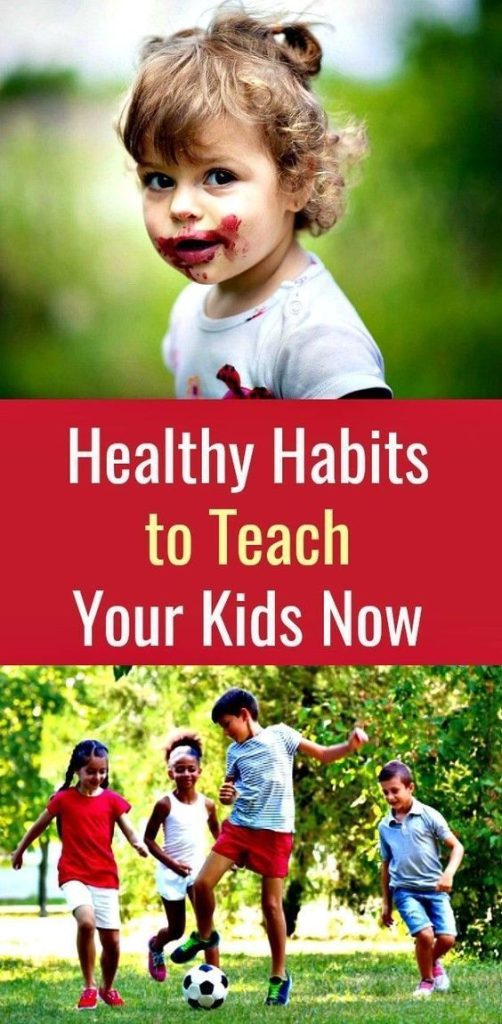In the age of constant handwashing and sanitizing, coupled with dry classrooms, our hands have become prone to dryness, irritation, and discomfort. With so many hand creams on the market, it can be a challenge to find the perfect one that caters to your needs. To save you time and effort in your search for the best hand creams, we have compiled a list of 12 top-rated products designed to restore and nourish your worn-out hands.
1. Neutrogena Norwegian Formula Hand Cream
This highly concentrated hand cream is known for its ability to heal dry and chapped hands quickly. The glycerin-rich formula provides long-lasting moisture that leaves hands feeling soft and smooth.
2. O’Keeffe’s Working Hands Hand Cream
Specially designed for people with severely dry hands, this heavy-duty cream provides instant relief and creates a protective layer on the skin’s surface to keep moisture locked in.
3. CeraVe Therapeutic Hand Cream
Fragrance-free and non-irritating, CeraVe’s Therapeutic Hand Cream contains three essential ceramides that work together to protect skin, restore moisture, and keep your hands feeling soft all day.
4. L’Occitane Shea Butter Hand Cream
This luxurious hand cream contains 20% shea butter as well as nourishing almond oil, honey, and coconut oil. Its rich texture provides immediate hydration suitable for all skin types.
5. Eucerin Advanced Repair Hand Cream
The combination of alpha hydroxy acid (AHA) and urea in this formula allows Eucerin Advanced Repair Hand Cream to gently exfoliate dead skin cells while also providing deep hydration.
6. Burt’s Bees Almond & Milk Hand Cream
This all-natural option is enriched with sweet almond oil and beeswax to nourish dry, hard-working hands. The delectable almond scent is just an added bonus.
7. Aveda Hand Relief Moisturizing Cream
With a blend of hydrating plant extracts, vitamins, and other nourishing ingredients, this fast-absorbing hand cream by Aveda is a popular choice for those who prefer a lighter texture.
8. Kiehl’s Ultimate Strength Hand Salve
This heavy-duty salve forms a protective barrier on the skin that allows hands to draw in moisture from the air. It’s perfect for those exposed to harsh conditions or simply in need of extra care.
9. Crabtree & Evelyn Gardeners Hand Therapy
Infused with macadamia nut oil and shea butter, the rich formula of this hand cream quickly absorbs into the skin to soothe and comfort dry, chapped hands.
10. AHAVA Mineral Hand Cream
Enriched with Dead Sea minerals, witch hazel extract, and allantoin, this mineral-based hand cream rapidly absorbs into the skin to provide intense hydration and protection.
11. Clinique Deep Comfort Hand & Cuticle Cream
This non-greasy hand cream by Clinique provides intense moisture without leaving a greasy residue. Its gentle formula is safe for sensitive skin types as well.
12. Josie Maran Whipped Argan Oil Intensive Hand Cream
Loaded with pure argan oil and shea butter, this whipped hand cream is designed to provide deep hydration while also protecting your hands from environmental damage.
Having a reliable hand cream by your side can make all the difference when it comes to combating the effects of excessive handwashing and dry classroom environments. With these top-rated options easily accessible, comfortable and healthy hands are just a dab away.











